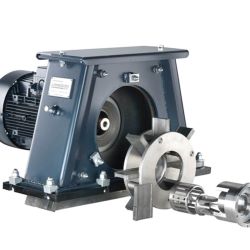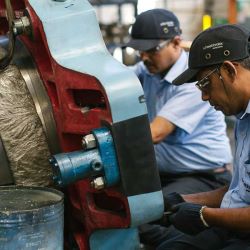Company Profile
Steeltec Group, a Schmolz + Bickenbach Group company, is one of the leading producers of special steels in Europe, with 620 employees and manufacturing locations in Denmark, Germany, Sweden, Switzerland and Turkey. At its two sites in Emmenbrücke, Switzerland, the company draws wire rod and bar stock into bright steel rods.


